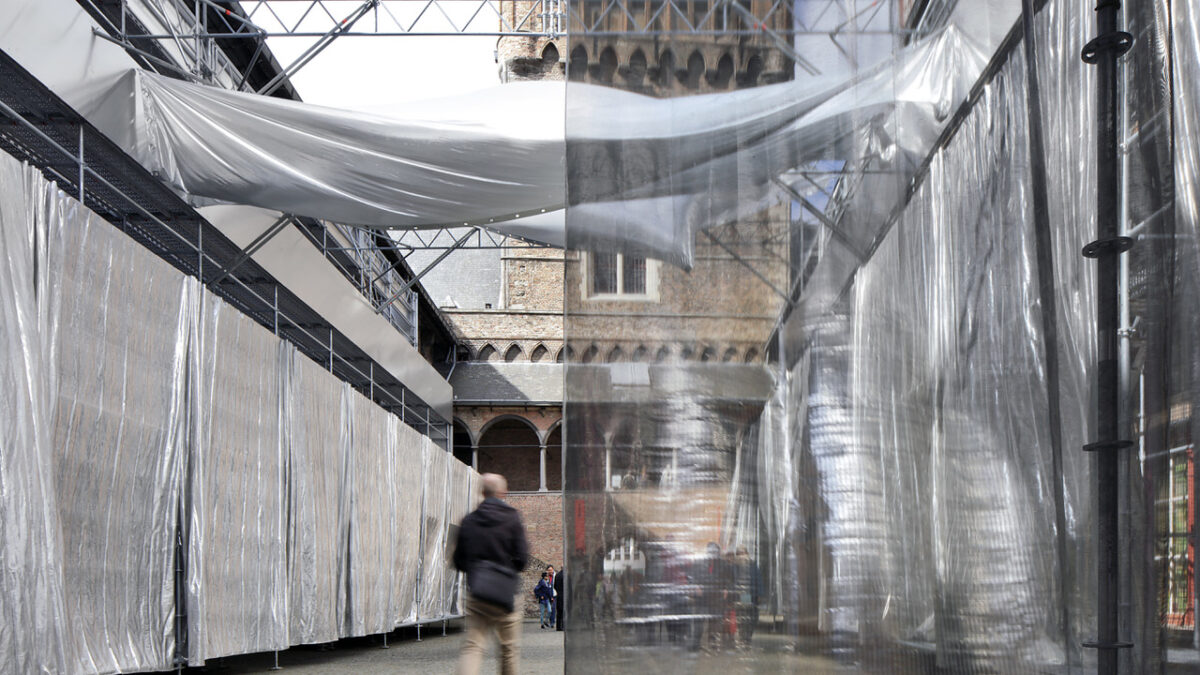
8th Yokohama Triennale “Wild Grass: Our Lives”
14 May 2024
Biennale Gherdëina 9: The Parliament of Marmots
29 November 2024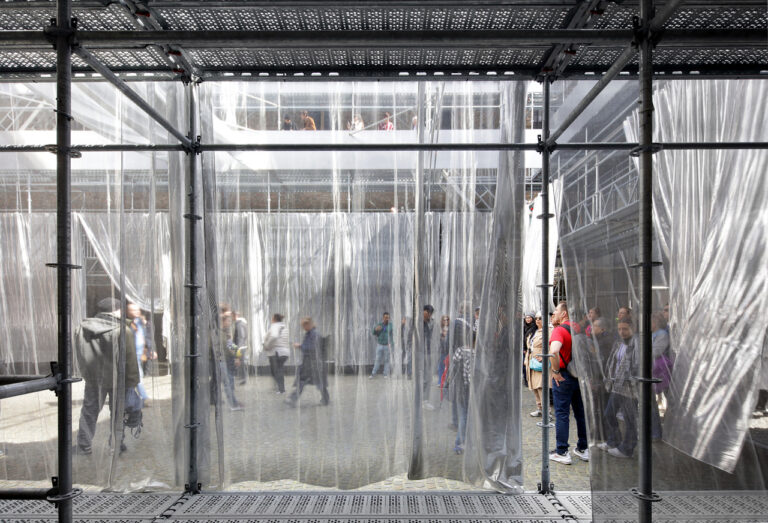
The Joyful Apocalypse, Traumnovelle, Bruges Triennial 2024, © Filip Dujardin
From Saturday 13 April to Sunday 1 September, the centre of Bruges and the beach at Zeebrugge will once again be a platform for contemporary art and architecture in the public space. The triennial runs for almost five months.
Bruges Triennial 2024 looks firmly towards the future for this fourth edition. How can we safeguard the liveability of Bruges, and cities more generally, in a protective way? How do we approach concepts such as sustainability and change in a UNESCO-protected environment where preservation is central? And how can contemporary art and architecture create a new framework for these issues?
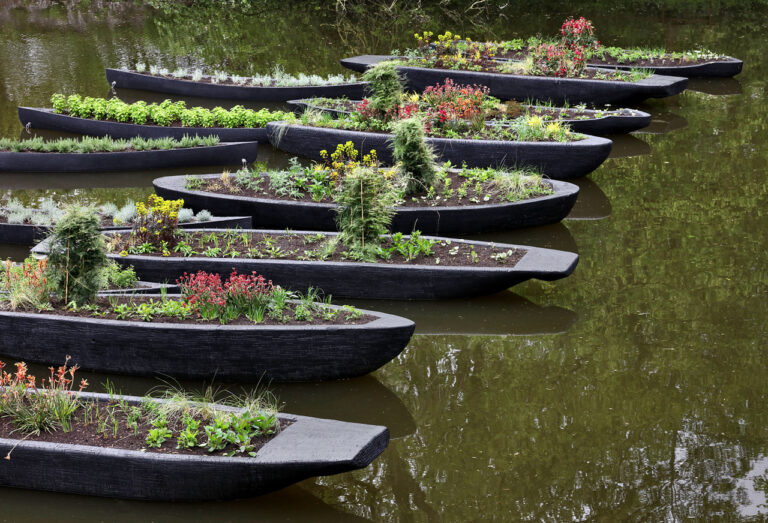
Grains of Paradise, Sumayya Vally, Bruges Triennial 2024 © Filip Dujardin
These questions have informed Bruges Triennial’s collaboration with the twelve participating artists and architects. They have come to Bruges from all over the world in search of the slumbering potential of the ever-changing city. Their site-specific installations create new connections – between street and square, between people and animals, residents and passers-by – and make us reflect on the social, economic and ecological challenges and opportunities that await us as a society.
Contemporary art and architecture merge with the context of a UNESCO world heritage site in the Bruges Triennial, which occupies a unique place in the Belgian and international arts landscape.
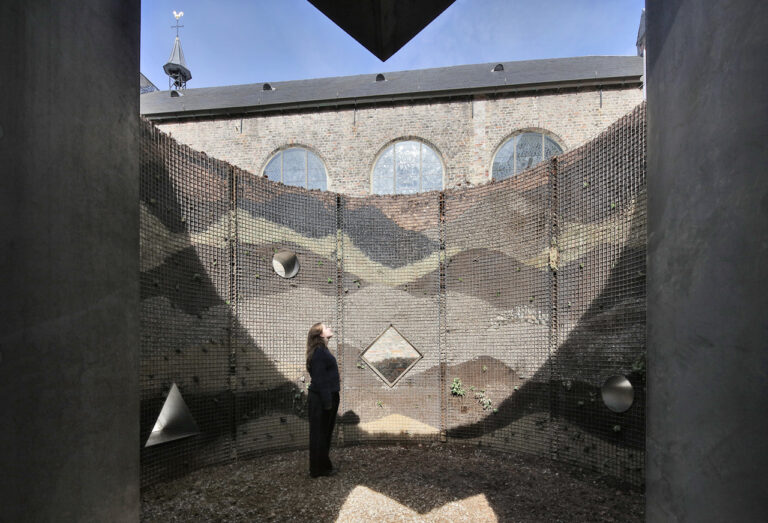
Earthsea Pavilion, Studio Ossidiana, Bruges Triennial 2024, © Filip Dujardin
Extensive public programme
In addition to the twelve art and architecture installations in Bruges city centre and Zeebrugge, the Triennial also boasts an extensive public programme. It includes guided tours, educational packages for schools and families, accessible visitor tools and a calendar of events that both frame and expand this year’s theme, Spaces of Possibility.
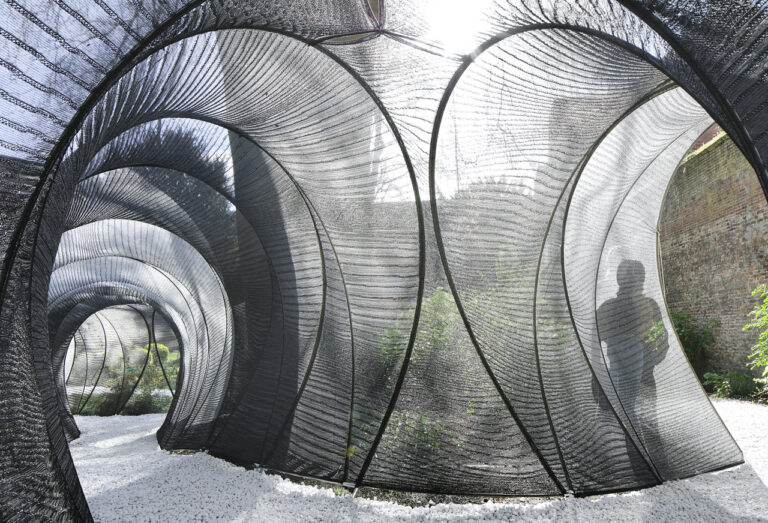
Common Thread, SO–IL, Bruges Triennial 2024, © Filip Dujardin
Citywide events
The Bruges Triennial has joined forces with four cultural partners for the fourth edition: Cultuurcentrum Brugge, De Republiek | Dertien12, Het Entrepot and Musea Brugge. They have devised their own programmes specifically for TRIBRU24 and are delving deeper into the themes at the heart of the event.
In the Porters Lodge, Cultuurcentrum Brugge brings together six artists with Bruges roots. They dive into the ‘memory’ of this historic site in the exhibition Memory as Building. De Republiek and Dertien12 embark on an urban expedition and are organising a special edition of the lecture series Letters to the City. Het Entrepot presents Brecht Vanhoutte’s work At Rise Of Curtain: an installation, performance, set and the scenography for the artist’s debut film-to-be. With Rebel Garden, Musea Brugge presents an ambitious exhibition at three venues (Groeninge Museum, Gruuthusemusem, St John’s Hospital Museum) on the theme of climate change. Historic and contemporary artworks put the tumultuous relationship between man and nature under scrutiny and place a finger on the painful wound that is the climate crisis.
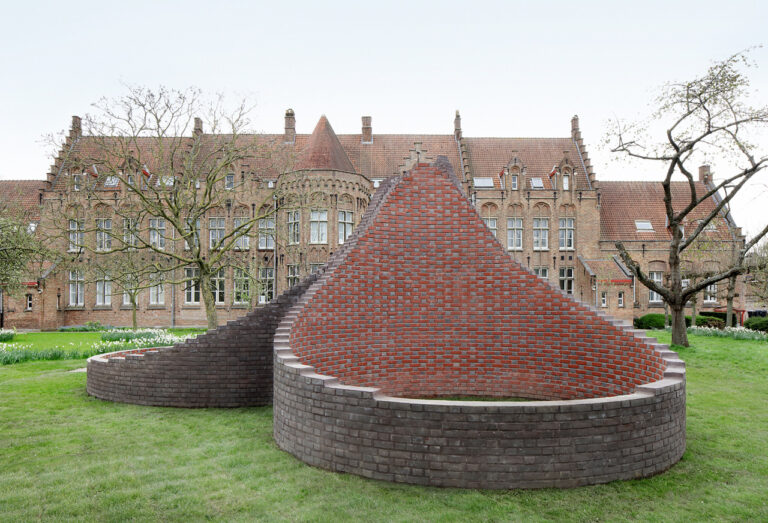
empty drop, Shingo Masuda+Katsuhisa Otsubo Architects, Bruges Triennial 2024 © Filip Dujardin
About the theme: Spaces of Possibility
After three editions in which the Bruges Triennial focused on the fictional idea of the city as a megalopolis (2015), the metaphor of the Liquid City (2018) and Bruges between dream and TraumA (2021), today we want to talk about the future. In a UNESCO-protec-ted heritage city where preservation is central, how can we think about concepts such as sustainability and change, and how can contemporary art and architecture create a new framework for this process?
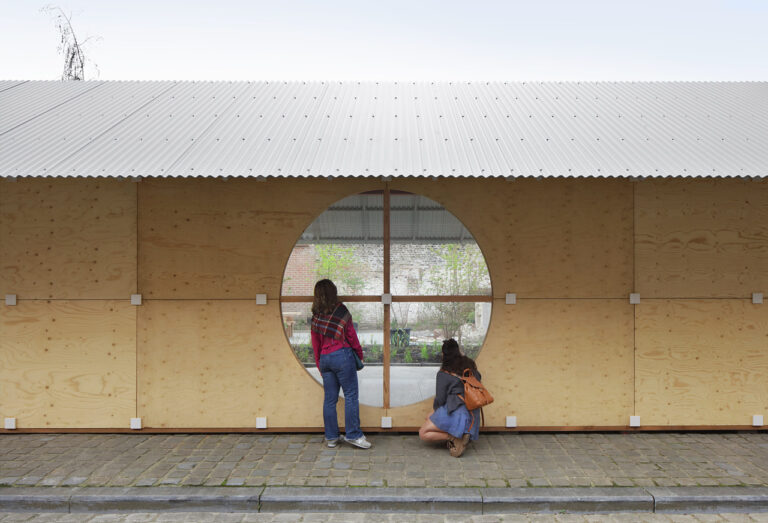
Raamland, Norell/Rodhe, Bruges Triennial 2024, © Filip Dujardin
The past three years have brought many things into focus: multiple crises on a global scale are deepening environmental damage, increasing housing and work pressures, and affecting health and social life. While opportunism, extractivism and construction fever continue to set the tone, these times are also bringing a new awareness of our interdependencies and hold the potential for socio-ecological change. We are challenged to think differently, adopt new methods and use materials and resources more intelligently if we want to prioritise our well-being and that of the planet.

Mona Hatoum, Full Swing, Bruges Triennial 2024, © Filip Dujardin
The role that public space assumes in this story is essential: of movement, encounter and creativity, of perspective, flexibility, chance and freedom. In Bruges too. A city that has evolved over the centuries, from a medieval metropolis to a hushed setting, from a neo-Gothic dream to a tourist destination that now tries to escape the masses. Shaped by a succession of histories, since its foundation in the 9th century, Bruges continues to evolve into the mesh we know today: a 13th-century structure that was declared a UNESCO World Heritage Site on 2 December 2000 and which, at 8.6 kilometres in circumference and a 430-hectare surface area, remains a city on a human scale. An attraction where modernity and industry seem absent within its shell, but is it so?
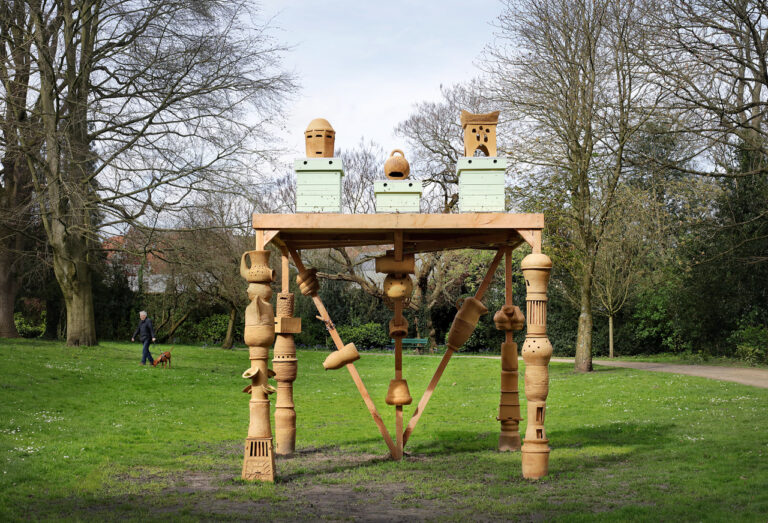
Firesong for the bees, a tree of clay, Mariana Cas…lo Deball, Bruges Triennial 2024, © Filip Dujardin
With Spaces of Possibility, we explore the city’s latent potential. How can we preserve the liveability of Bruges, which is struggling with a love-hate relationship for its heritage, and protect the city as a ‘city’? How can we make un(der)utilised or unnoticed sites viable again? Or, as the architectural practice RE-ST (2020) described it in its research on ‘wanderspace’, ‘using images to pave the way to a different use?’
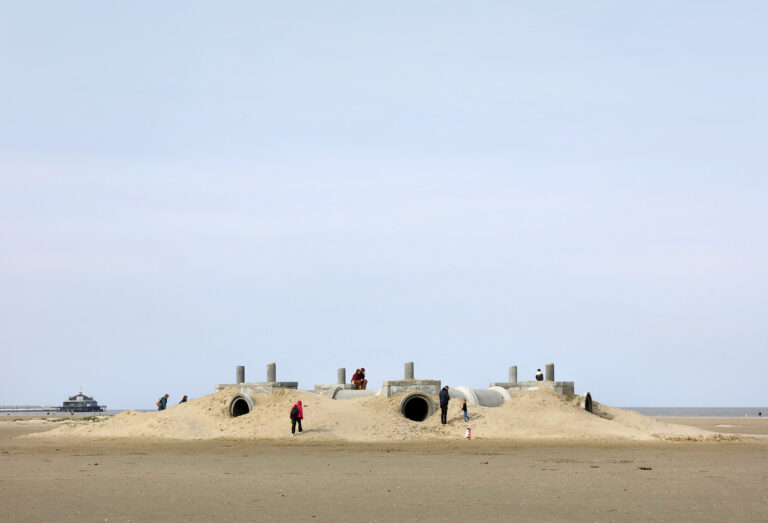
Star of the Sea, Ivan Morison, Bruges Triennial 2024, © Filip Dujardin
We are inviting twelve international artists and architectural firms to take a close look at Bruges’ morphology while walking through its streets, to identify gaps and – if only for a while – to give it a new interpretation. As ‘practitioners of the possible’, they look for beauty in what is often overlooked, exploit the potential of a place and make spatial suggestions rooted in the here and now.
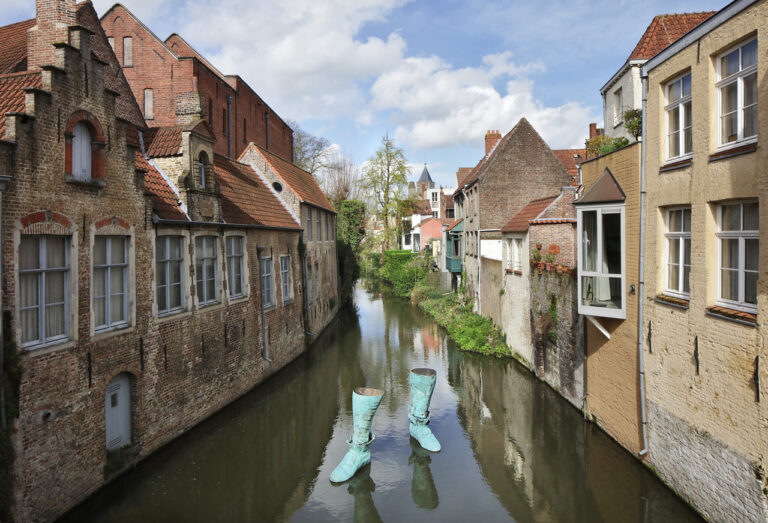
Who?, Ivàn Argote, Bruges Triennial 2024 © Filip Dujardin
They will focus on the Centre, West Bruges and Zeebrugge regions, shifting their attention to city districts that have been hidden from view over the past decades or have recently undergone major transformations. Just think of the restructuring of ‘t Zand (West 8, 2018), the construction of a new Meeting & Convention Centre (Eduardo Souto de Moura and META architectuurbureau, 2021) or the expansion of Zeebrugge harbour, where the former polder village has now become the Port of Antwerp-Bruges, one of Europe’s largest seaports.
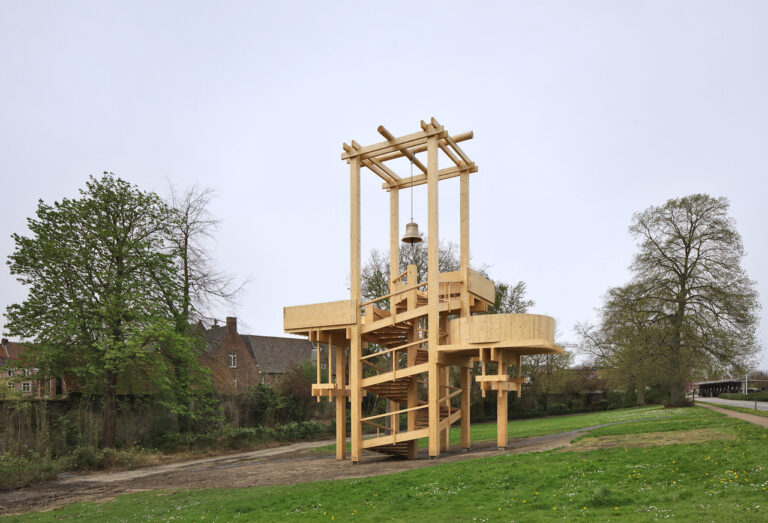
The tower of balance, Bangkok Project Studio, Bruges Triennial 2024 © Filip Dujardin
Twelve new, temporary art and architecture installations engage with these places. They show new forms of use, connect city districts and bring people and nature back together. They critically relate to the past, the rich heritage, the parkland and the urban environment and create new social, societal and ecological narratives that transcend the dominant paradigms.
Spaces of Possibility questions the assumption that things are as they are and suggests that they could be otherwise. It forms a constant bridge between the local context and broader, collective thinking about the city and its potential future, where transformation is not the end goal, but a means that enables mental or spatial change through the transformative power of art and architecture.
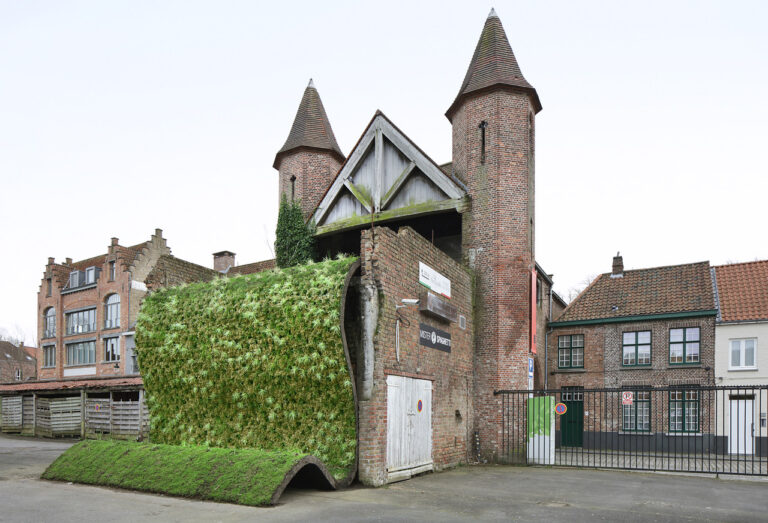
Under the Carpet, Adrien Tirtiaux, Bruges Triennial 2024 © Filip Dujardin
It establishes Bruges as a shared terrain for imagination, wonder and encounter and invites the public to discover the city from new horizons. In so doing, we are continuing Bruges Triennial’s mission as a platform for experimentation in 2024. We hope that it will continue to inspire, generate support and launch ideas for the future. An exercise in imagination; a glimpse of what Bruges, and cities in general, can be, today and in the future: Spaces of Possibility.
– Shendy Gardin & Sevie Tsampalla


